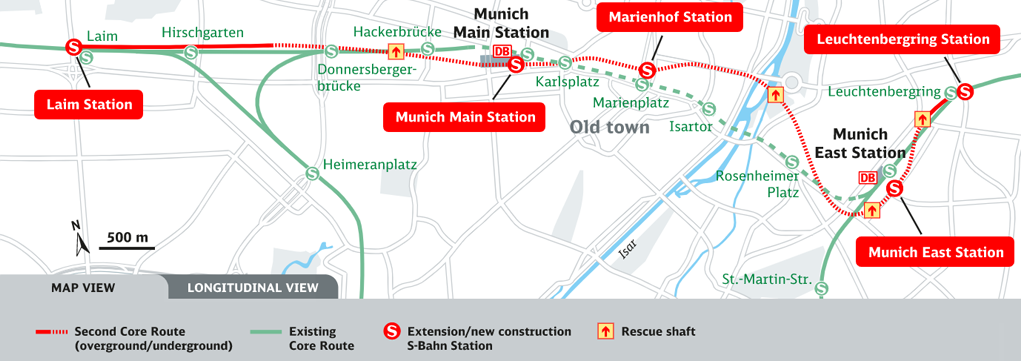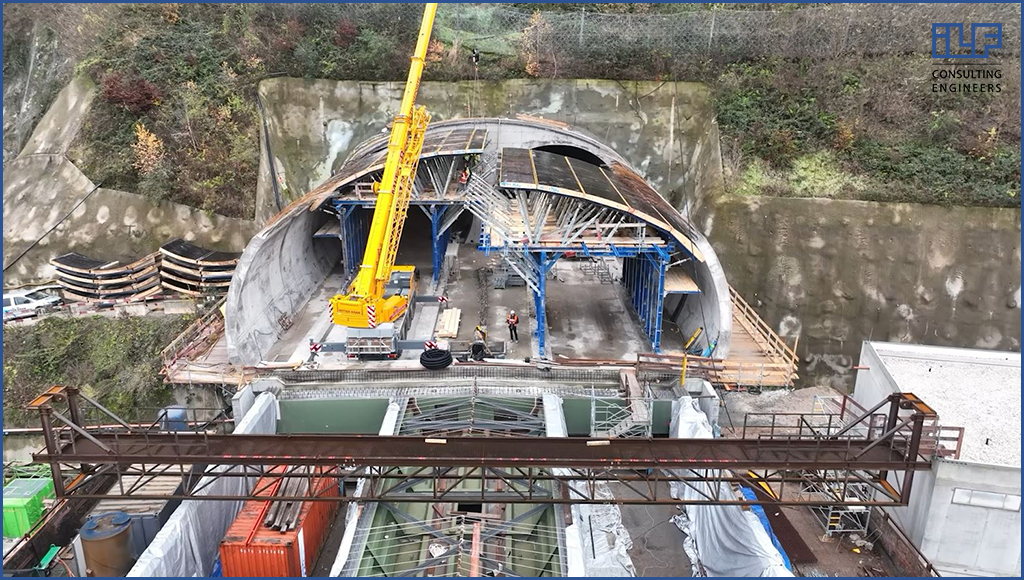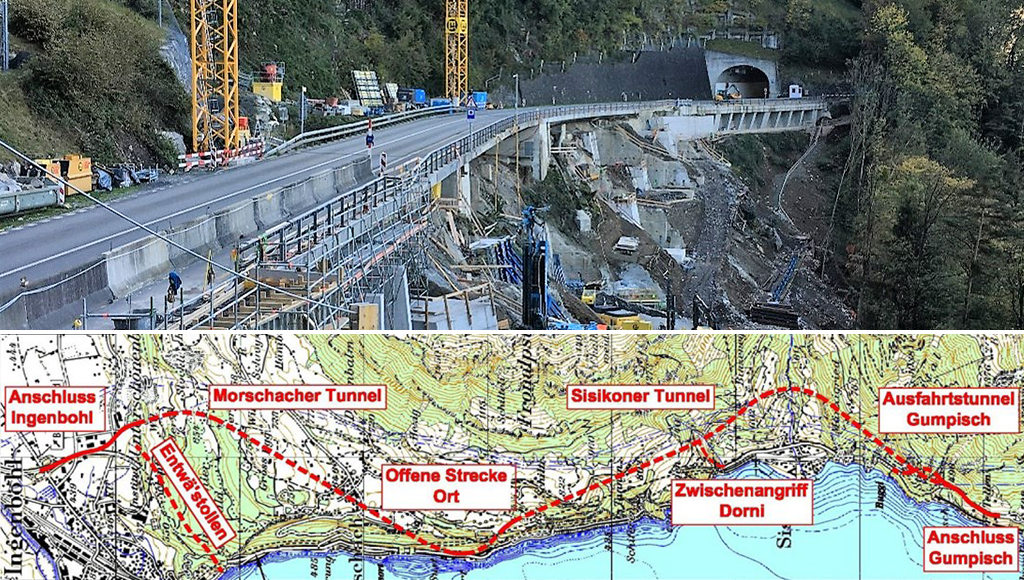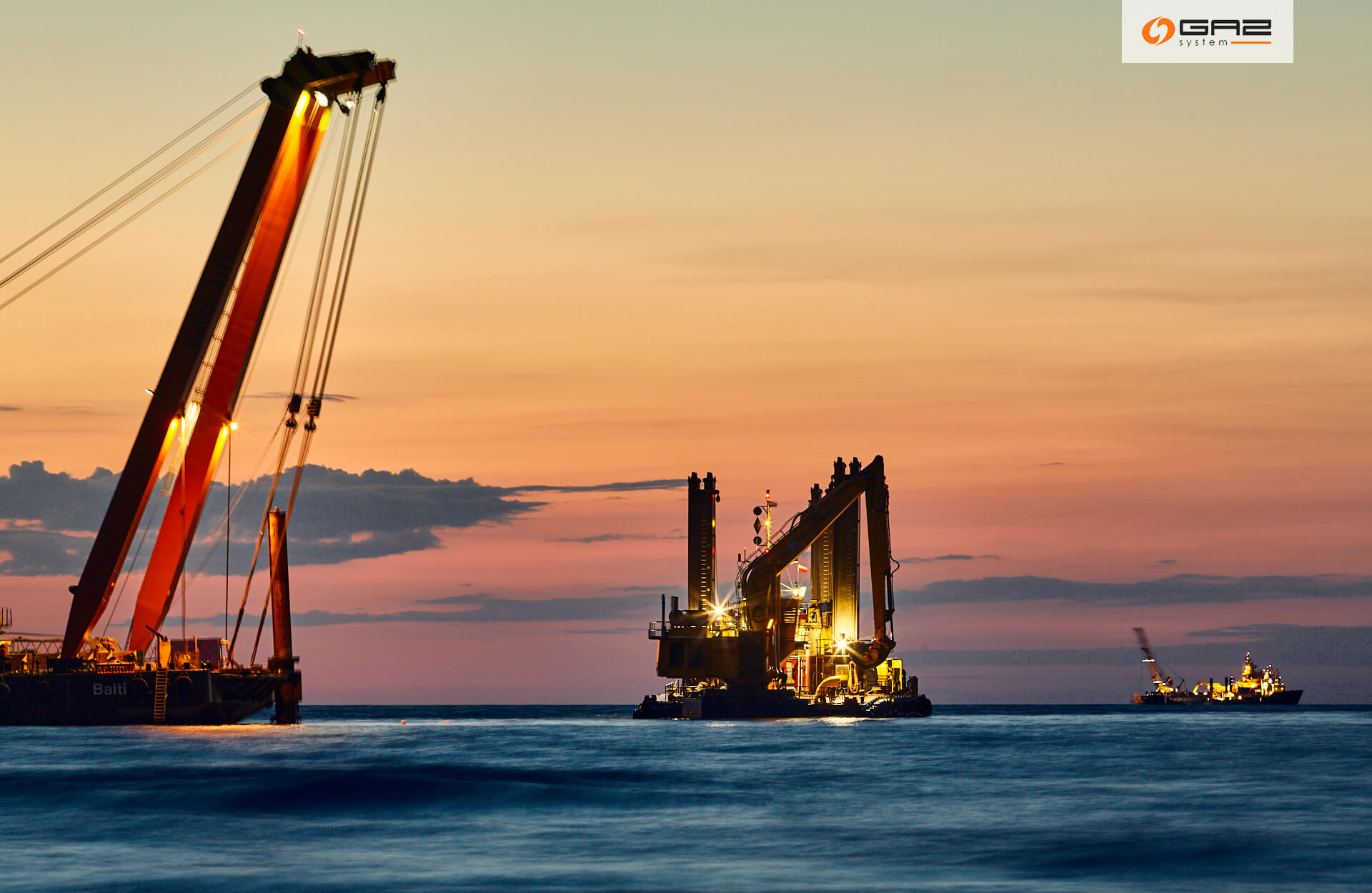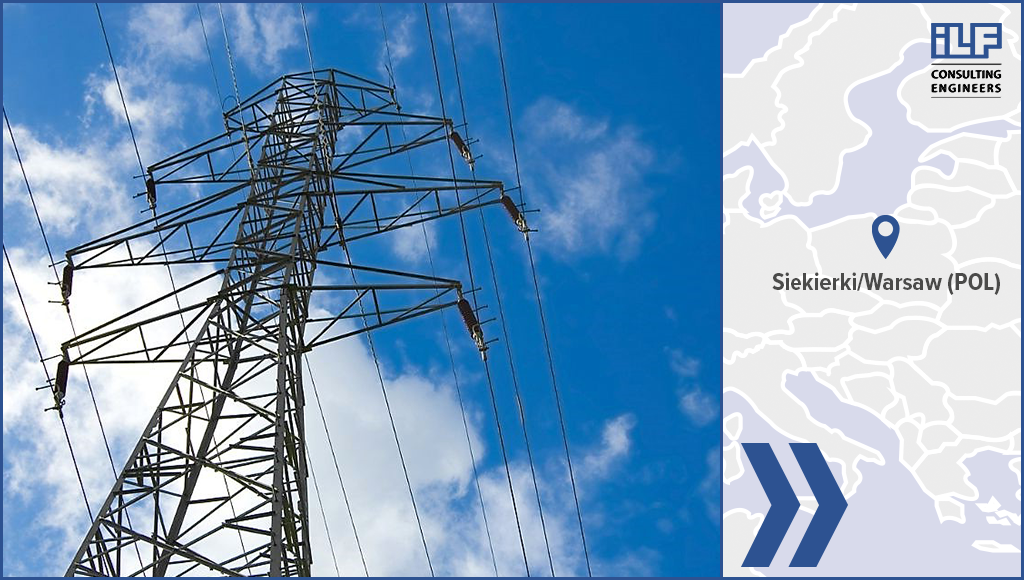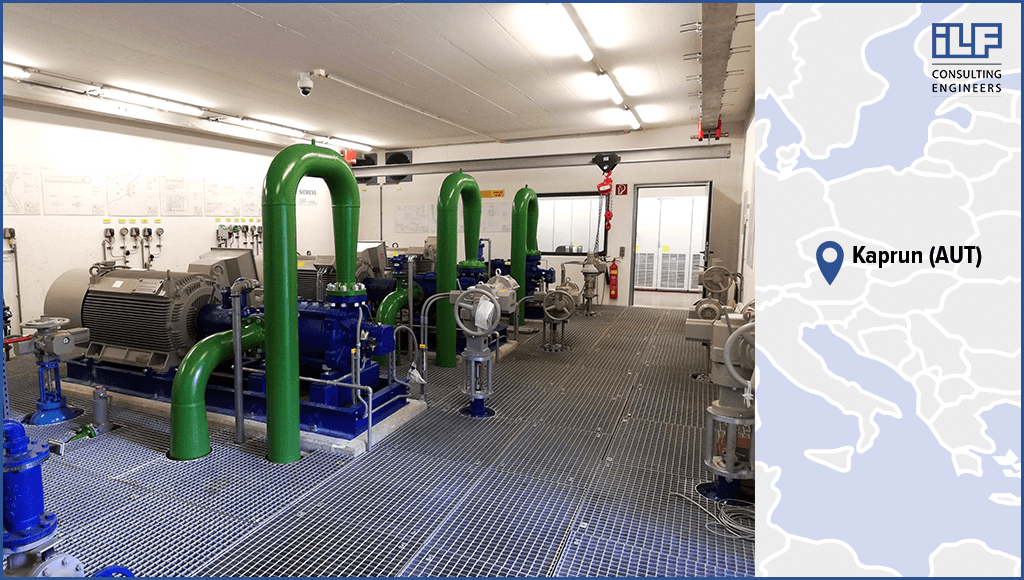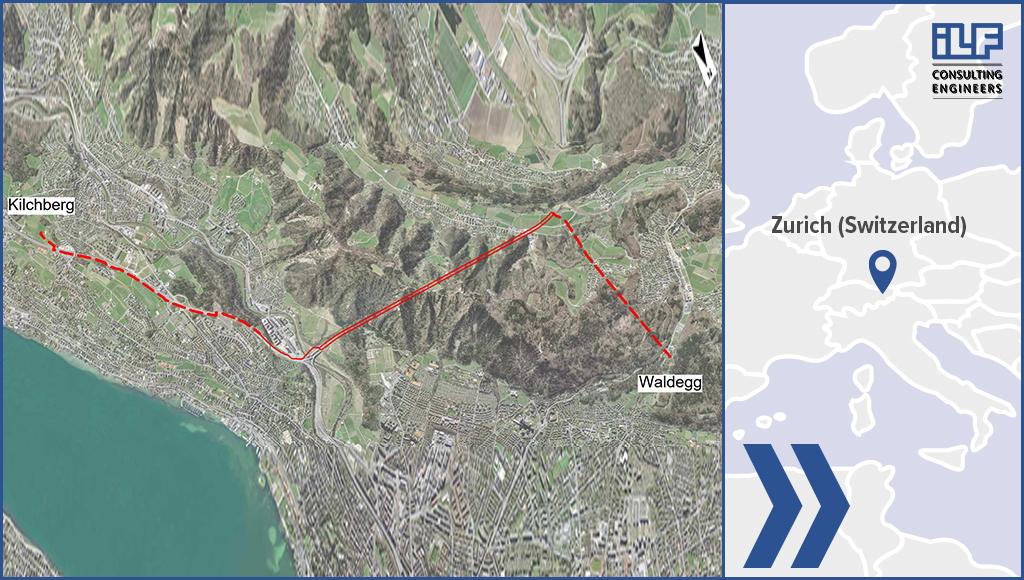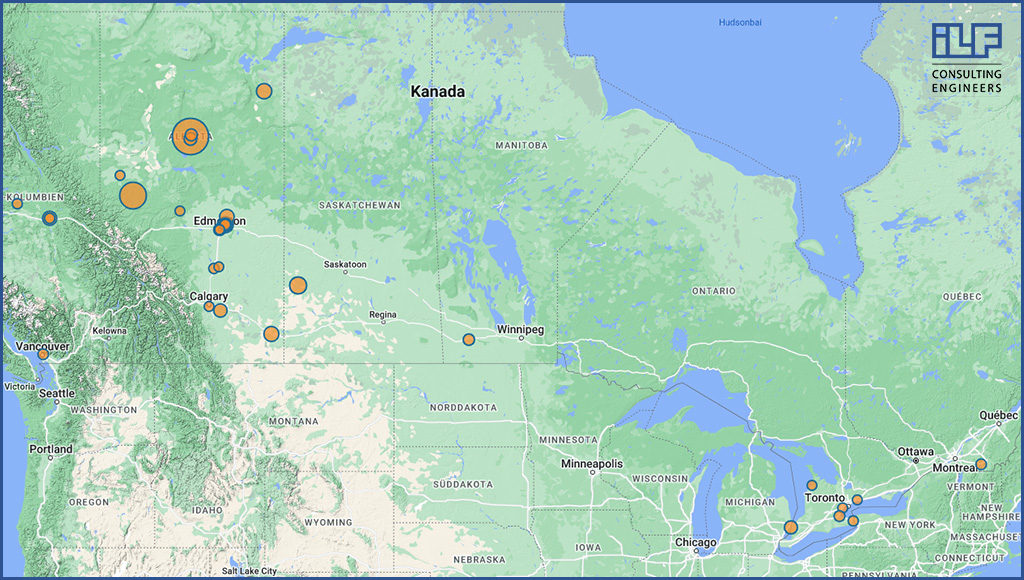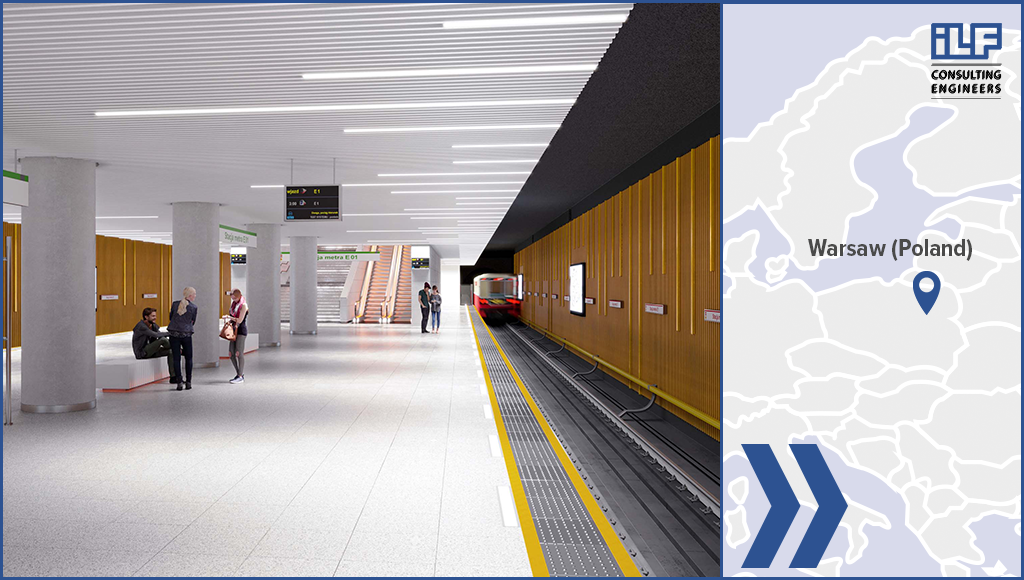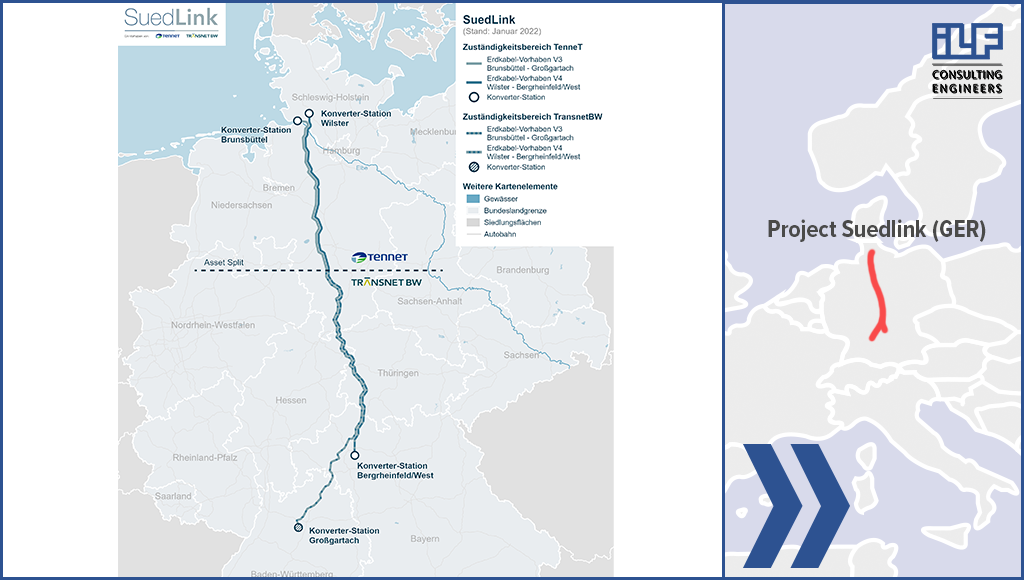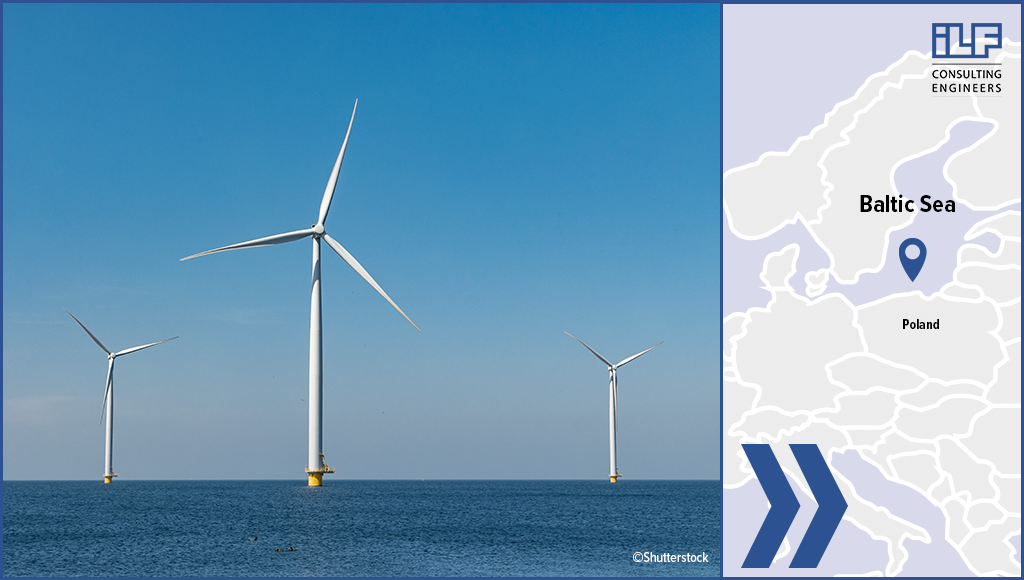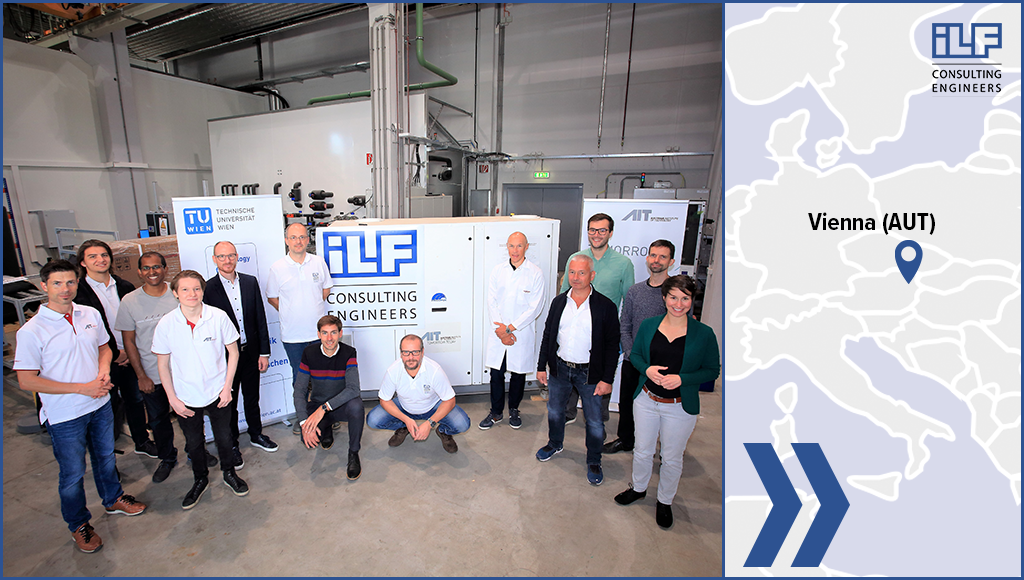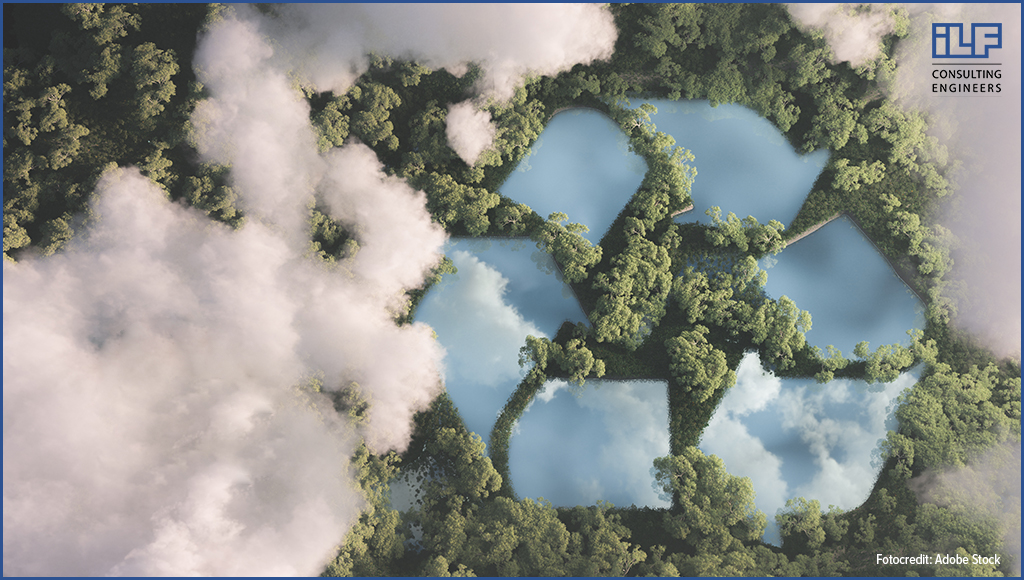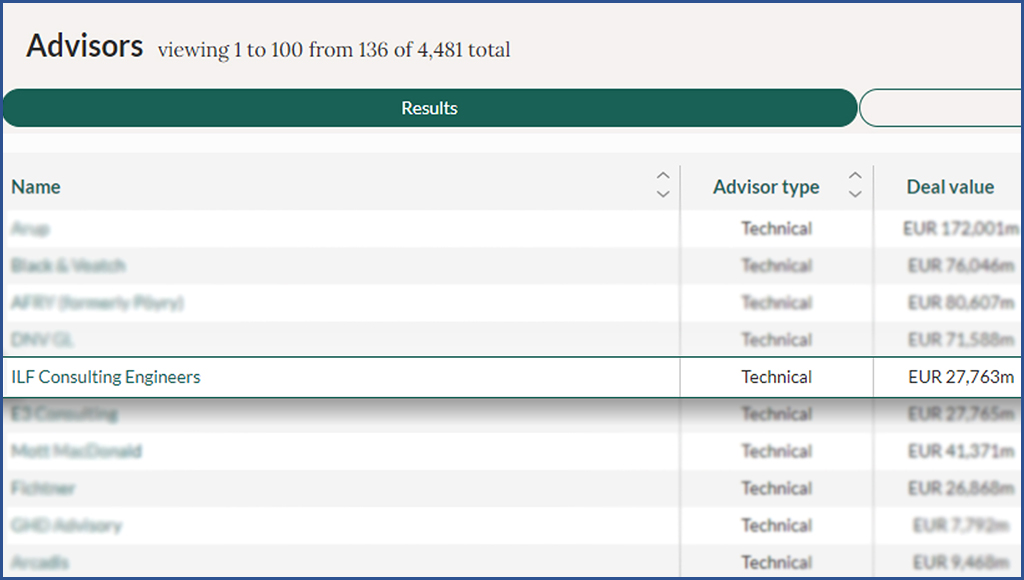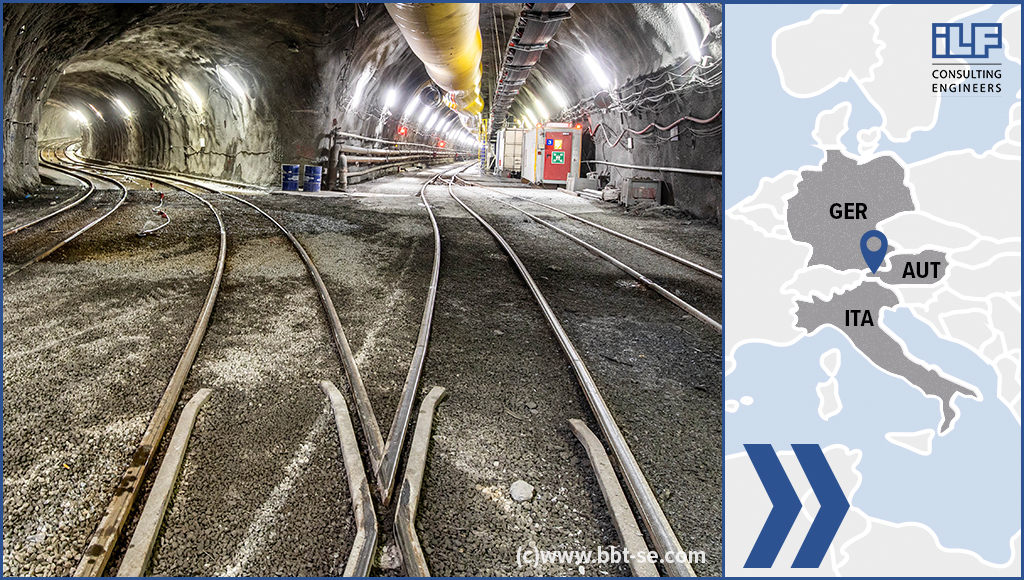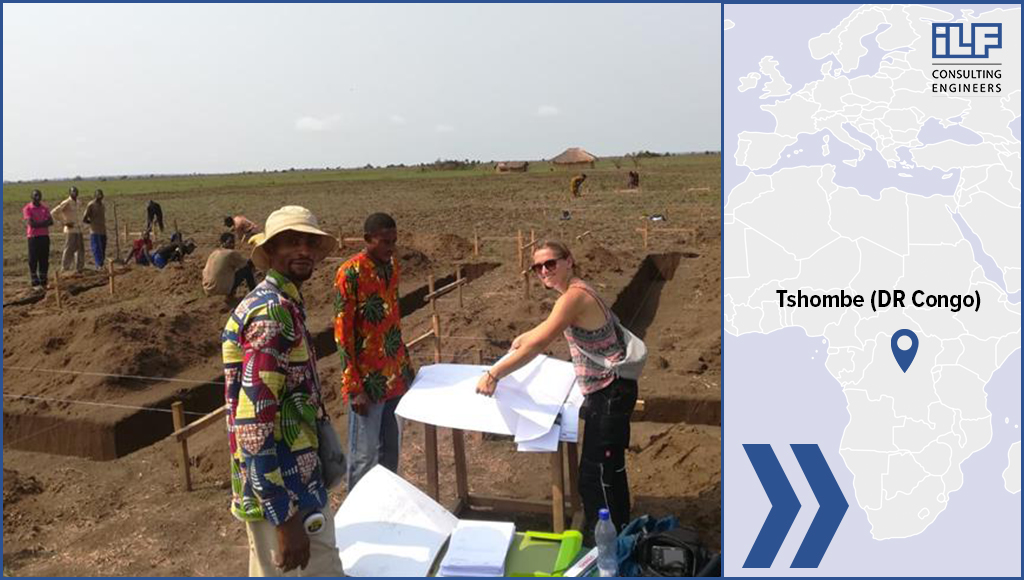Tunnel safety and security with AI
moreDigitalization poses new challenges to be faced in road tunnels – challenges which require interdisciplinary action.
Coordinated by the Federal Highway Research Institute (“Bundesanstalt für Straßenwesen” GER) and ILF, the bilateral research project Artificial Intelligence for Improvement of Safety of Tunnels and Tunnel Control Centers (“KITT”) is developing innovative solutions. By using data from Cooperative Intelligent Transport Systems (C-ITS) as well as Artificial Intelligence (AI), hazardous situations in tunnels, or anomalies in IT security, can be recognized more quickly and reliably.
ILF is proud to be able to apply its extensive experience of performing risk analyses in road tunnels and its own (self-developed) tunnel risk model TuRisMo to improve existing methods by using C-ITS technology.
The research project is being funded by the Security Research Funding Program (“KIRAS”) set up by the Austrian Federal Ministry of Agriculture, Regions and Tourism (“BMLRT”) and the German Federal Ministry of Education and Research (“BMBF”) as part of the call for Artificial Intelligence in Civil Security Research (“Künstliche Intelligenz in der zivilen Sicherheitsforschung”).



